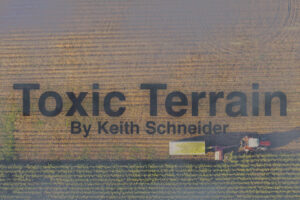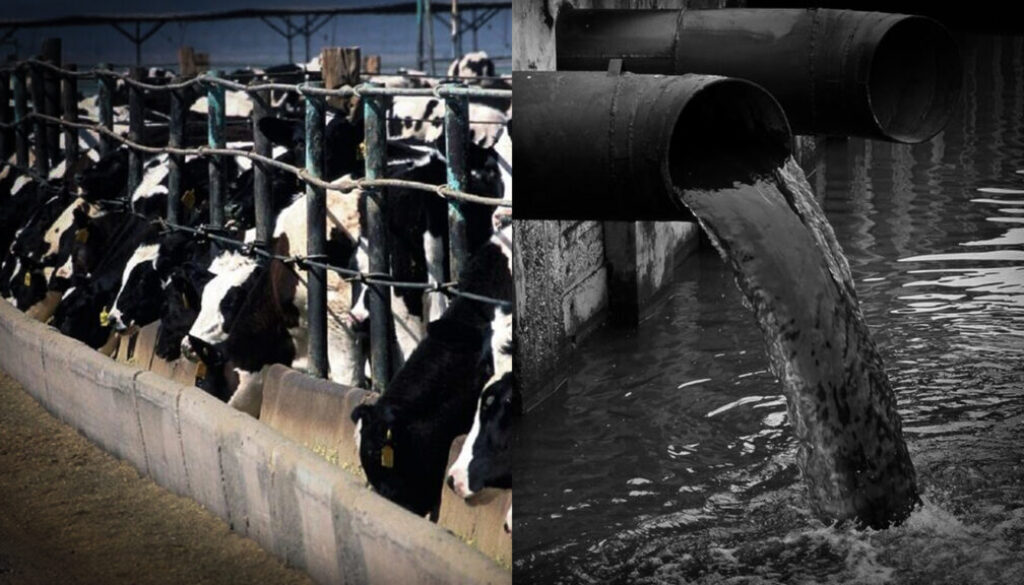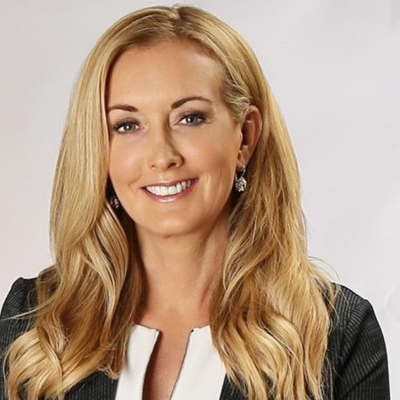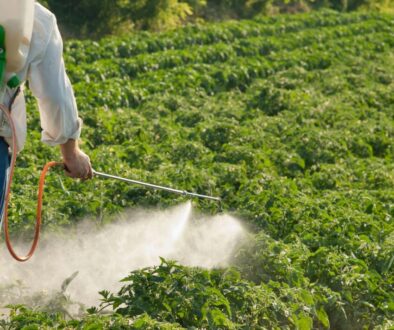Michigan notches a victory in effort to rein in polluting farm waste
 In a rare rebuke to the industrial farm sector, the Michigan Supreme Court this week ruled that state environmental regulators have full authority to require livestock and poultry operations to improve their handling of billions of pounds of manure that contributes to contamination of waterways.
In a rare rebuke to the industrial farm sector, the Michigan Supreme Court this week ruled that state environmental regulators have full authority to require livestock and poultry operations to improve their handling of billions of pounds of manure that contributes to contamination of waterways.
The 5-2 decision issued Wednesday is one of the most significant environmental protection measures in Michigan in years. It comes after four years of battles between state officials and operators of poultry and hog feeding operations and large dairies over regulatory efforts to reduce agriculture-related water pollution. Farm-related nitrates and phosphorus have fouled Lake Erie and other state waters for decades.
The court’s decision recognizes that the Michigan Department of Environment, Great Lakes, and Energy (EGLE) not only has the power but also has the obligation under state and federal law to issue permits aimed at cleaning up Michigan’s water keeping it free of dangerous pollutants, said Rob Michaels, managing attorney of the Chicago-based Environmental Law & Policy Center, one of eight environmental organizations that filed a brief in support of the state.
The ruling is a rare defeat for industrial agriculture interests, particularly the Michigan Farm Bureau, which is supported by the major state associations for milk, pork, and poultry producers. The bureau did not respond to requests for comment.
“In the context of factory farms taking over rural areas there is, finally, recognition that regulatory bodies have authority for managing nutrient and animal waste pollution,” said Liz Kirkwood, executive director of For Love of Water, a water law and policy center that intervened in support of the state. “It’s huge.”
The Supreme Court ruling stems from a permit issued by EGLE in March 2020 directing the state’s largest meat, milk and egg producers to improve practices for managing manure and other wastes produced by 291concentrated animal feeding operations, or CAFOs. Twenty years, ago, fewer than 50 operated in the state.
Michigan ranks sixth nationally in dairy production with 440,000 cows on 900 farms. Michigan also has 1.2 million hogs, 62 million broiler chickens, 53 million turkeys, and 65 million chickens laying eggs. The animals generate an estimated 4 billion gallons of liquid manure and 60 million tons of solid manure on fields annually, according to EGLE. Operators are not required to treat their livestock waste before they spread the tide of liquid feces and urine on fields.
The intent of the new permit was to compel producers to adopt changes in storage and spreading practices that would go a bit further than previous rules for keeping untreated manure from reaching state waters. The permit included a reduction of the limit on the amount of phosphorus that may be applied to land in order to halt harmful algal blooms that appear every summer in Lake Erie and other state lakes. It required farms to develop 35-foot wide vegetated barriers and banned the spread of manure within 100 feet of any surface water, among other provisions.
On May 27, 2020, two months to the day after the permit was issued, the Michigan Farm Bureau, six other farm associations, and 165 CAFO operators filed a formal petition with EGLE contesting the new permit.
The groups asserted the new provisions were “costly and cumbersome,” had a “tenuous relation to water quality,” are of “minimal environmental benefit,” would have “a significant adverse impact on food production,” and are unlawful because EGLE does not have the authority to issue them.
The Farm Bureau petition asserted that EGLE “imposed these substantial costs on Michigan’s largest family farms during a time when our country’s health and economy have been ravaged by COVID-19 and our dependence on such farms to provide an abundant, stable, and healthy food-supply system is even greater than ever.”
Days later, EGLE stayed the new provisions from going into effect. The state Farm Bureau brought its arguments to two more state courts before the case made its way to the state Supreme Court in January.
Amid the battle, the generation and spread of CAFO-generated manure has climbed, and with that, monitoring stations have shown elevated concentrations of dissolved reactive phosphorus, the form of the mineral on which toxic cyanobacteria thrive, in watersheds where CAFOs are located.
The same trend of increasing quantities of manure is occurring in neighboring states, where residents and regulators are also contending with nitrate contamination and other agriculture-related environmental woes.
(Keith Schneider, a former New York Times national correspondent, is senior editor for Circle of Blue. He has reported on the contest for energy, food, and water in the era of climate change from six continents. )




